Burmese food.
Here's a green tea leaf salad. Cabbage, tomatoes, sesame seeds, peanuts, and crispy garlic in a tangy green tea dressing. The flavor is very hard to describe- it hits you first as almost like pesto, but then a deep, woodsy flavor lingers. The flavors played nicely off of one another, and each bite delivered something crisp, something crunchy, something chewy, and something nutty all at the same time.
I decided to go for a jackfruit curry. I'd never tried jackfruit before, and I thought it was good! I'm glad I didn't go for something familiar as I so often do. The jack fruit reminded me of artichokes in flavor. The curry was unusual if you're used to any other type (Indian, Thai, etc.)- it was a tomato-based broth, with a nice acidic edge.
Jackfruit is made of all kinds of awesome, as you can see by this close-up photo.
Here is a plate of rice and curry, topped with some intensely hot chili flakes. The thing about Burmese cuisine that stood out the most for me was the sour flavor. This comes from something called "sour leaf" or "sour vegetable," which is unique to Myanmar, as far as I could tell. It gave the food an unforgettable flavor, and made my mom a fan, since she dislikes foods with sweet flavors but adores anything sour. So do I, for that matter.
Here was dessert, shweji, a mildly sweet wheat cake with raisins and poppy seeds, with almost a baked cream of wheat taste. It was a very mellow ending to a delicious lunch.
Check it out- white poppy seeds! I've never seen that before!
Of course, the entire time we were eating lunch, we were aware of the strife going on that very moment in Burma itself. It's times like these when I don't have a ready answer to what exactly the relationship between food and revolution can look like. While we enjoy the delicious food of a country, half a world away, peaceful demonstrators in that very country are being killed. Where's the connection? What is our role?
The next day, my grandmother and aunt and uncles were coming over for brunch, and everyone agreed to have me make a huge vegan brunch! (New vegans, take heart: this would not have happened a few years ago!)
I made two kinds of tofu scramble. The one you see above was my normal mix of veggies: mushrooms, red peppers, onions, and garlic, garnished with cilantro and scallions.
The second one was a vaguely "Iranian-style" version. In Iran, what most people imagine when they speak of "omelette" is a mixture of tomatoes and eggs, often with plenty of garlic and pepper. I found that tofu mimics the texture of eggs in this dish pretty well, so I kept the second scramble pretty simple- just tomatoes, garlic, chili pepper, and tofu.
We also had oven fries and vegan sausage. I thought I had made too much food, but everyone ate the stuff up. I was especially happy that the food impressed my grandma, since she is the origin of many of my food memories, and her seal of approval meant a great deal to me. She told me that she would try experimenting with tofu herself soon- squeee!
I also baked my mom's birthday cake, by doubling a cupcake recipe from Vegan Cupcakes Take Over the World. (Thanks to the PPK forum for the tips!) My mom wanted something citrus-y, so I picked the coconut-lime cupcakes with lime buttercream dressing. Check out my awesome (NOT) decorating job! Do I know how to dot an "i" or what?
The blowing out candles shot.
The close-up shot with coconut flakes.
The inside shot.
Here's a green tea leaf salad. Cabbage, tomatoes, sesame seeds, peanuts, and crispy garlic in a tangy green tea dressing. The flavor is very hard to describe- it hits you first as almost like pesto, but then a deep, woodsy flavor lingers. The flavors played nicely off of one another, and each bite delivered something crisp, something crunchy, something chewy, and something nutty all at the same time.
I decided to go for a jackfruit curry. I'd never tried jackfruit before, and I thought it was good! I'm glad I didn't go for something familiar as I so often do. The jack fruit reminded me of artichokes in flavor. The curry was unusual if you're used to any other type (Indian, Thai, etc.)- it was a tomato-based broth, with a nice acidic edge.
Jackfruit is made of all kinds of awesome, as you can see by this close-up photo.
Here is a plate of rice and curry, topped with some intensely hot chili flakes. The thing about Burmese cuisine that stood out the most for me was the sour flavor. This comes from something called "sour leaf" or "sour vegetable," which is unique to Myanmar, as far as I could tell. It gave the food an unforgettable flavor, and made my mom a fan, since she dislikes foods with sweet flavors but adores anything sour. So do I, for that matter.
Here was dessert, shweji, a mildly sweet wheat cake with raisins and poppy seeds, with almost a baked cream of wheat taste. It was a very mellow ending to a delicious lunch.
Check it out- white poppy seeds! I've never seen that before!
Of course, the entire time we were eating lunch, we were aware of the strife going on that very moment in Burma itself. It's times like these when I don't have a ready answer to what exactly the relationship between food and revolution can look like. While we enjoy the delicious food of a country, half a world away, peaceful demonstrators in that very country are being killed. Where's the connection? What is our role?
* * *
The next day, my grandmother and aunt and uncles were coming over for brunch, and everyone agreed to have me make a huge vegan brunch! (New vegans, take heart: this would not have happened a few years ago!)
I made two kinds of tofu scramble. The one you see above was my normal mix of veggies: mushrooms, red peppers, onions, and garlic, garnished with cilantro and scallions.
The second one was a vaguely "Iranian-style" version. In Iran, what most people imagine when they speak of "omelette" is a mixture of tomatoes and eggs, often with plenty of garlic and pepper. I found that tofu mimics the texture of eggs in this dish pretty well, so I kept the second scramble pretty simple- just tomatoes, garlic, chili pepper, and tofu.
We also had oven fries and vegan sausage. I thought I had made too much food, but everyone ate the stuff up. I was especially happy that the food impressed my grandma, since she is the origin of many of my food memories, and her seal of approval meant a great deal to me. She told me that she would try experimenting with tofu herself soon- squeee!
I also baked my mom's birthday cake, by doubling a cupcake recipe from Vegan Cupcakes Take Over the World. (Thanks to the PPK forum for the tips!) My mom wanted something citrus-y, so I picked the coconut-lime cupcakes with lime buttercream dressing. Check out my awesome (NOT) decorating job! Do I know how to dot an "i" or what?
The blowing out candles shot.
The close-up shot with coconut flakes.
The inside shot.

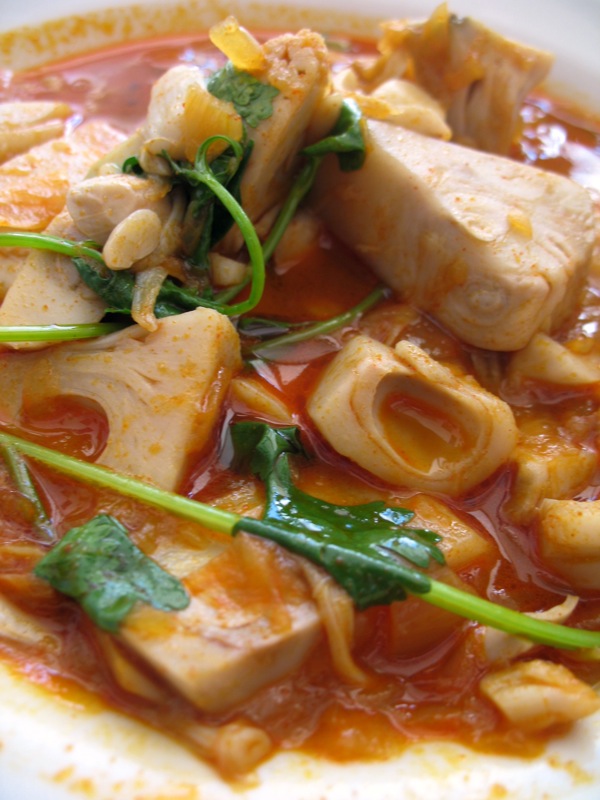

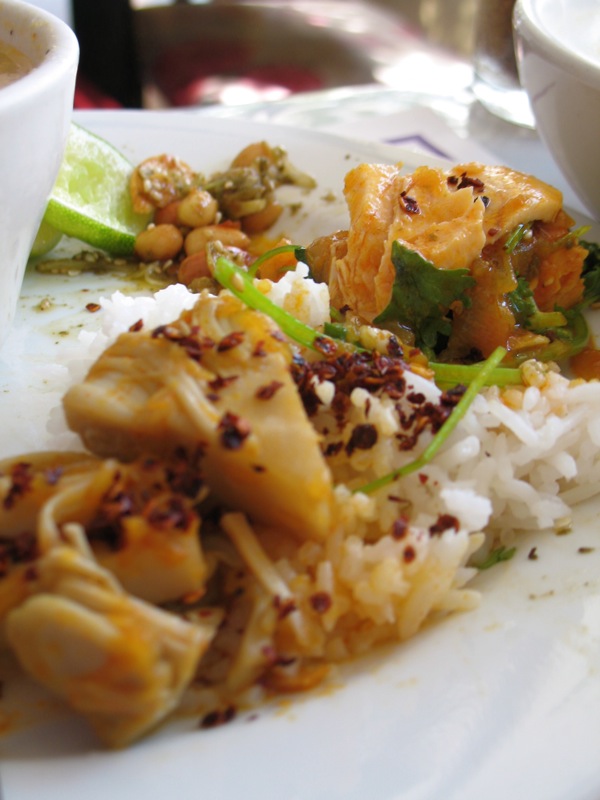
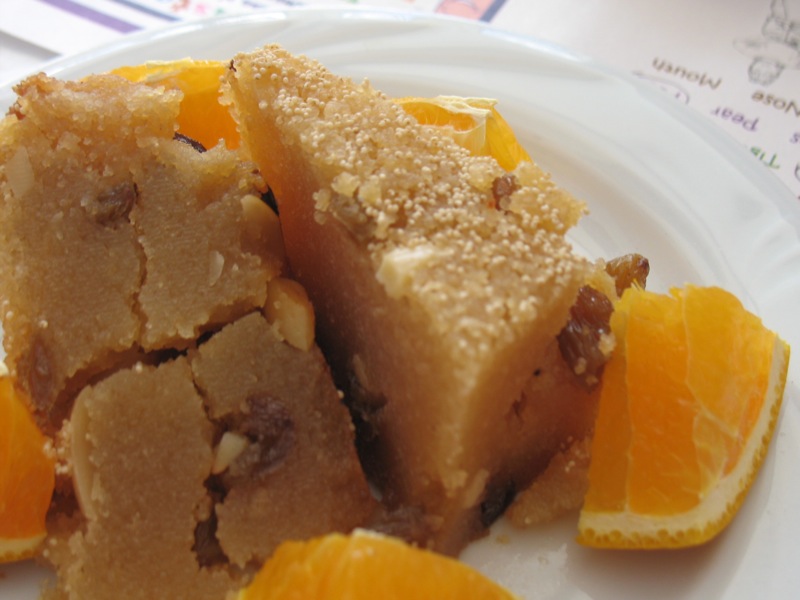
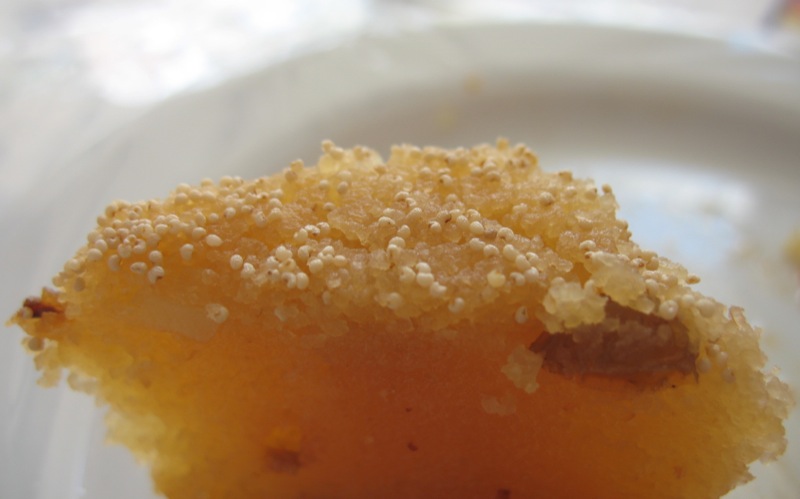

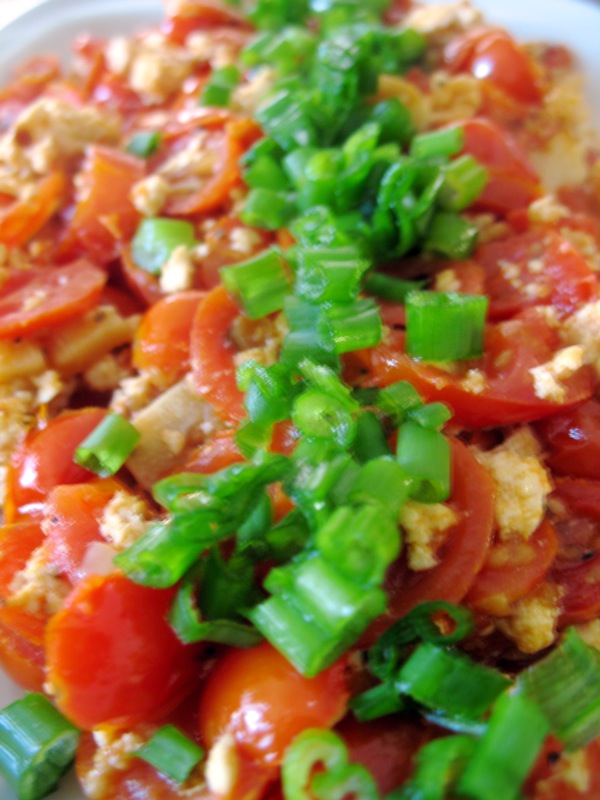

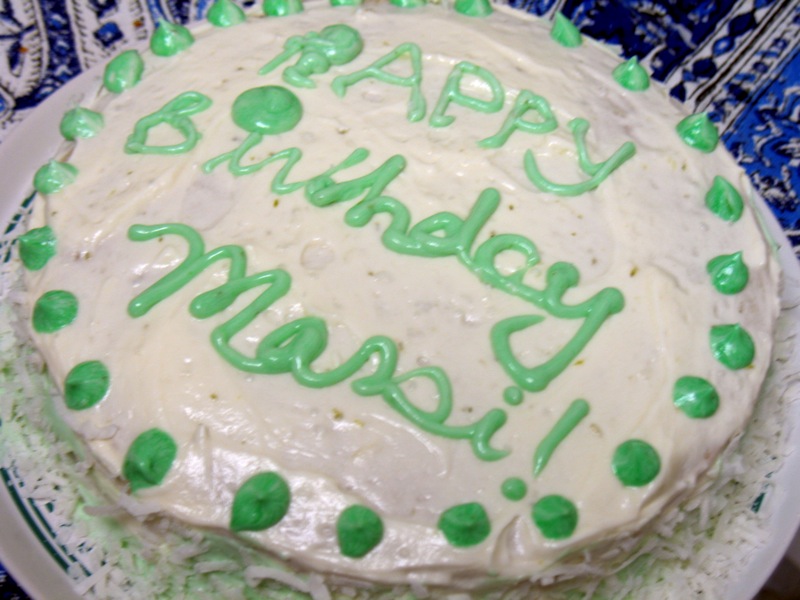

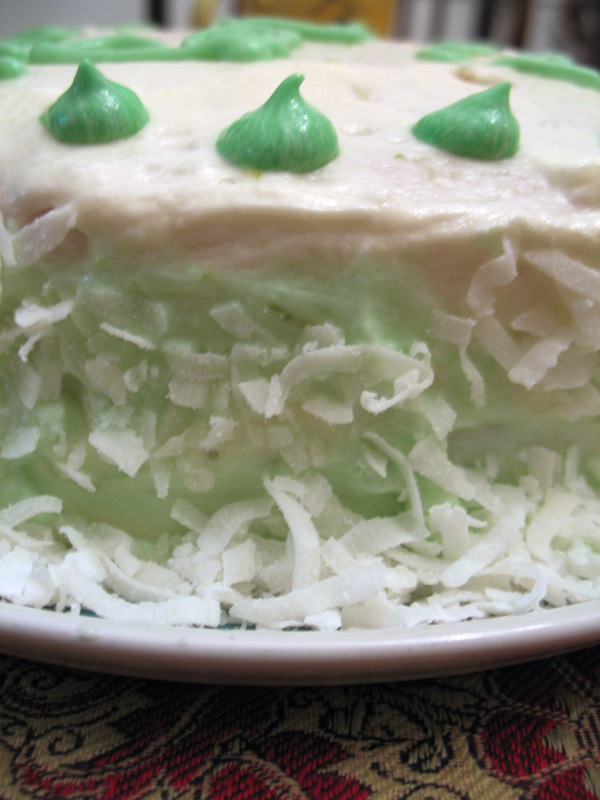
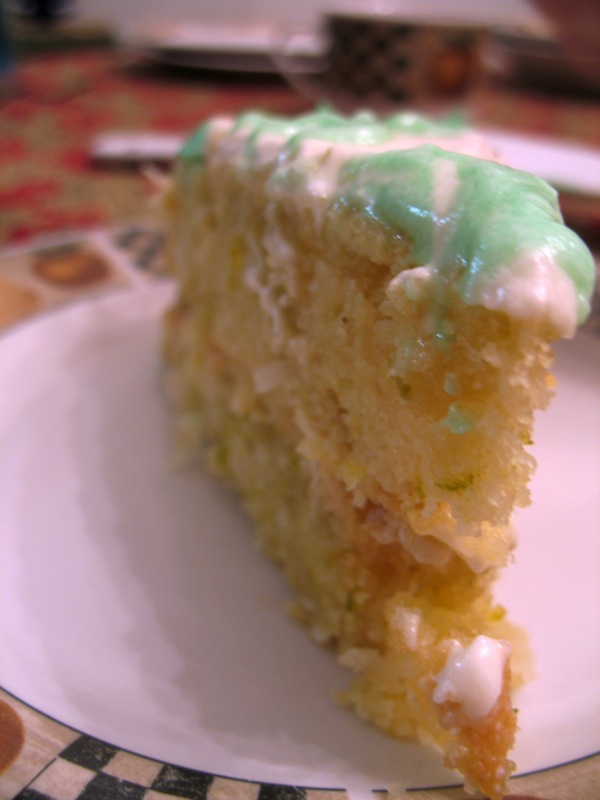
Comments
Post a Comment